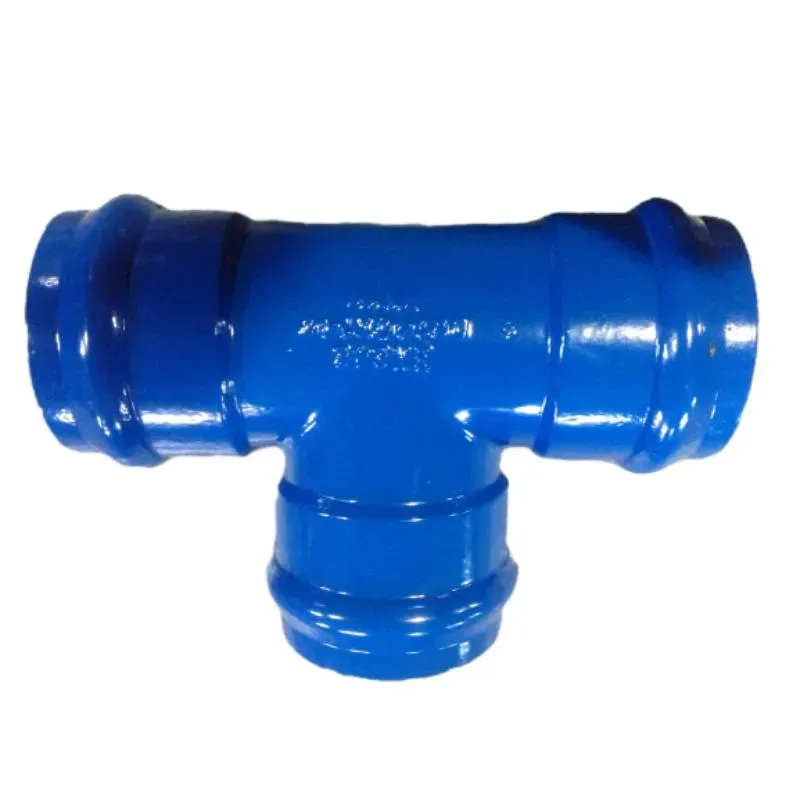Flange Joint Disassembly Techniques for Efficient Maintenance and Repair Procedures in Pipe Systems
Understanding Flange Dismantling Joints Importance and Applications
Flange dismantling joints are essential components in piping systems, particularly in industries such as water supply, wastewater management, heating, and cooling applications. These joints facilitate the connection and disconnection of pipe sections and equipment, ensuring ease of maintenance and operation without the need for extensive reconfiguration of existing lines. This article will explore the significance, design, and applications of flange dismantling joints.
The Significance of Flange Dismantling Joints
In many industrial applications, the need for regular maintenance and the potential for unforeseen repairs are crucial considerations. Flange dismantling joints offer an efficient solution by allowing sections of piping to be disconnected without disrupting the entire system. This not only minimizes downtime but also reduces the labor intensity and cost associated with maintenance work.
Furthermore, these joints are designed to absorb movements caused by thermal expansion, settlement, or vibrations in the piping system, which can otherwise lead to mechanical failures. By utilizing dismantling joints, engineers can design more flexible and resilient piping systems that can accommodate such movements, enhancing overall system reliability.
Design Features
Flange dismantling joints typically feature a robust and compact design. They consist of two flanges with a telescopic or sliding mechanism that allows for adjustments. The key elements of these joints include
1. Flanges The primary components that connect the dismantling joint to the piping system. Flanges can be made from various materials, including carbon steel, stainless steel, and cast iron, depending on the application and environmental conditions.
2. Spindle or Sliding Mechanism This feature enables the joint to extend or retract, facilitating the connection and disconnection of piping without removing adjacent components.
3. Sealing Elements Proper sealing is essential to prevent leaks in the system. Dismantling joints often come equipped with gaskets or O-rings that provide reliable sealing capabilities.
Applications of Flange Dismantling Joints
The versatility of flange dismantling joints makes them suitable for various applications across different sectors
1. Water and Wastewater Treatment These joints are commonly used in treatment plants where maintenance and repair are frequent. They enable the quick removal and replacement of components such as valves, pumps, and meters.
2. HVAC Systems In heating, ventilation, and air conditioning systems, dismantling joints provide accessibility to heat exchangers, fans, and ductwork, ensuring efficient maintenance.
3. Industrial Piping In manufacturing and processing industries, dismantling joints facilitate the connection of process pipes to machinery, allowing for easy modifications and repairs.
4. Utility Services Municipal water and gas pipelines often employ dismantling joints for their ease of maintenance, supporting quick repairs and routine servicing without the need for extensive excavation.
Conclusion
Flange dismantling joints play a crucial role in modern piping systems by combining ease of maintenance with robust design features. Their ability to simplify the disconnection process while accommodating system movements makes them a valuable asset in various industries. As the demand for efficient and reliable infrastructure continues to grow, the importance of such components will undoubtedly increase. Understanding and implementing flange dismantling joints can significantly enhance the operational efficiency and longevity of piping systems.
-
Square Sewer Cover Enhances Urban SafetyNewsAug.01,2025
-
Pipe Fitting Requires Precise AlignmentNewsAug.01,2025
-
Manhole Step Is DurableNewsAug.01,2025
-
Manhole Cover Is Found WorldwideNewsAug.01,2025
-
Hole Cover Frame On RoadsNewsAug.01,2025
-
Gully Grate Improves Road SafetyNewsAug.01,2025
-
Man Hole Cover Round Load CapacityNewsJul.31,2025

